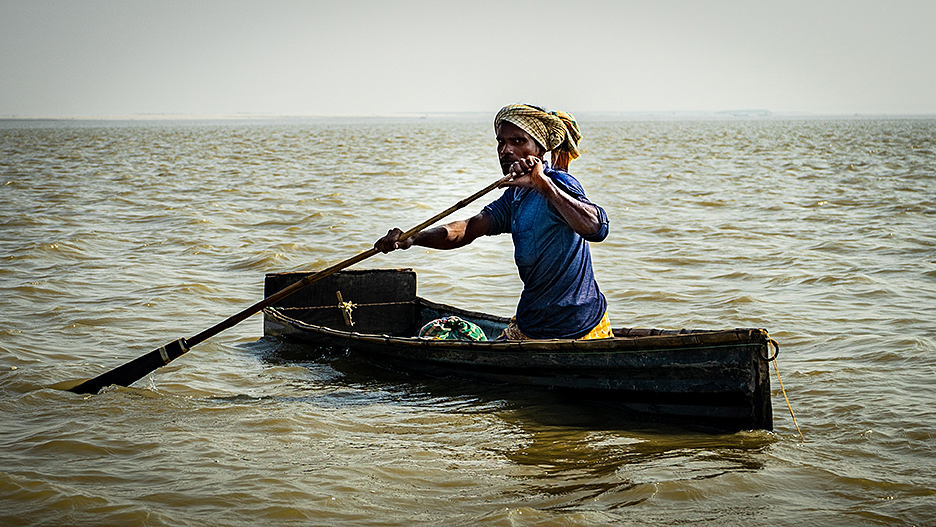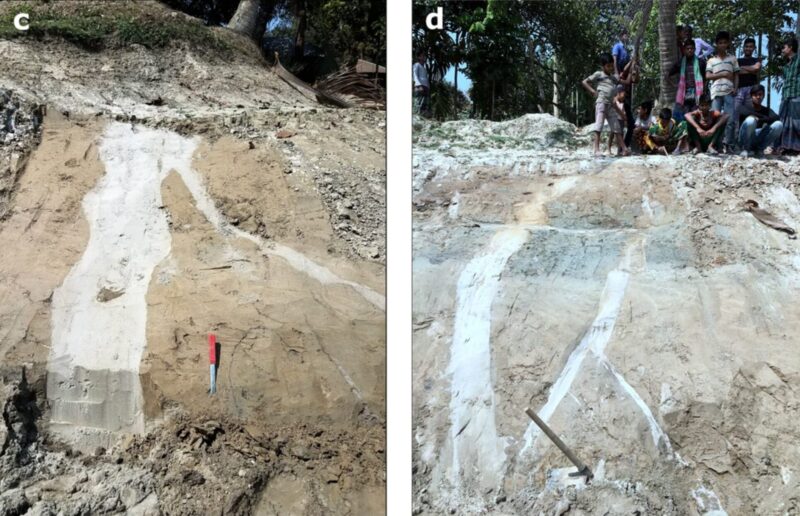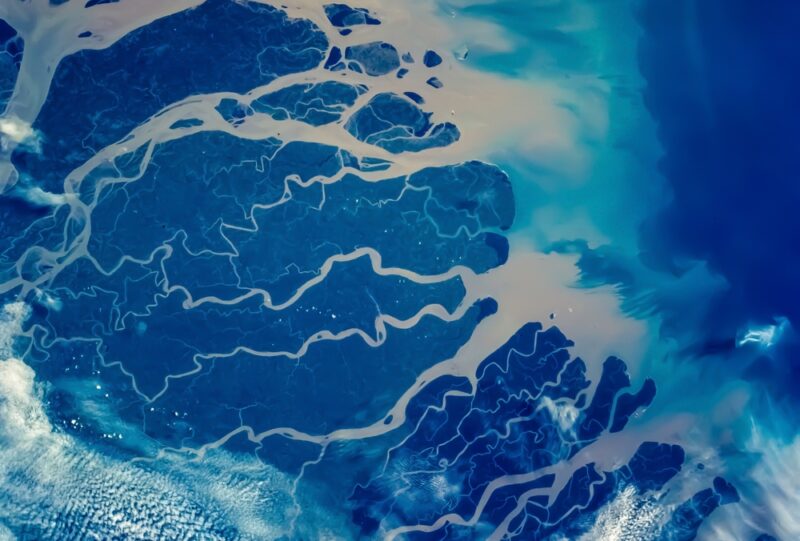About 2,500 years ago, a huge earthquake hit the Indian subcontinent, forcing the Ganges River to change course. The 2,575km river flows through northern India and Bangladesh to the Bay of Bengal. Within days or weeks of that cataclysm, its exact route changed to a new channel about 45km away. It happened near the delta, about 200km from the Bay of Bengal.

The Ganges at Bangladesh, near where the river changed course 2,500 years ago. Photo: Shutterstock
A different course change
Rivers often change course from repeated flooding or sediment build-up over the years. It often happens in deltas, but never before from earthquakes.
Typically, sediments pile up. As the river bed rises, the water changes direction. It is not a quick process. But occasionally, you get a rapid shift in the course of a river, called an avulsion, within days or weeks.
What happened to the Ganges was a uniquely large avulsion. “I don’t think we have ever seen such a big one anywhere,” said study co-author Michael Steckler.
The previously undocumented quake was 7.5 to 8 on the Richter scale. It was so powerful that even though it was centered 180km away, it rerouted a sizeable section of the main channel.
Liz Chamberlain, the study’s lead author, and her colleagues were studying satellite images of the Ganges when they noticed a two-kilometer-wide crescent shape 45km from the river. On closer inspection, the crescent was a depression in the land, extending for 100km and almost parallel to the current river. The team believes it was the original main channel of the Ganges.
Though the old channel is no longer a river, it still regularly floods. On the flank of the old channel, the researchers saw vertical stripes of light-colored sand known as seismites. Violent shaking from earthquakes pressurized deep layers of sand and forced them up through the mud, like sand volcanoes, creating 40cm-wide stripes.

Seismites along the old river bank. Photo: Chamberlain et al., 2024
Another coming?
The old riverbed has many of these stripes, suggesting they were all created at the same time. Analysis of the sediments confirms they are 2,500 years old.
There is no record of an earthquake in the area at this time.
Such a quake could happen again. Recent studies show that a massive, hidden fault beneath the Ganges Delta could trigger a megaquake that would impact 140 million people.

In the sacred city of Varanasi, people pray and bath in the Ganges River. Photo: Shutterstock






